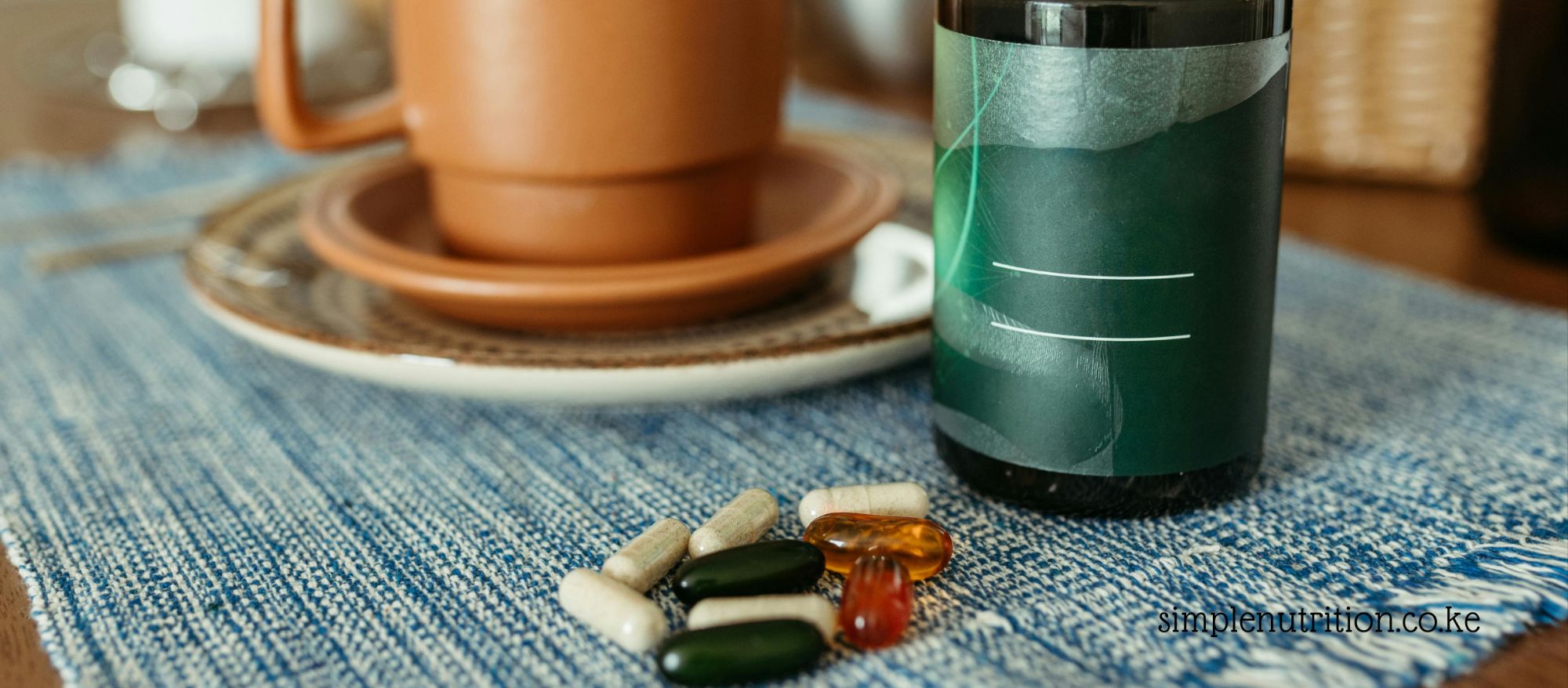Some fruits are better for managing diabetes due to their lower glycemic index (GI) and fiber content. These fruits can help regulate blood sugar levels more effectively.
What is glycemic index?
The glycemic index (GI) is a scale that ranks carbohydrate-containing foods based on how they affect blood sugar levels. Foods with a high GI cause blood sugar to rise more quickly compared to those with a low GI. Consuming foods with a lower GI can help manage blood sugar levels more effectively, especially for people with diabetes.
Example of fruits with a lower glycemic index.
Fruits with a lower glycemic index include;
- Berries (such as strawberries, blueberries, raspberries),
- Apples,
- Pears,
- Cherries,
- Grapefruit,
- Oranges, and
- Plums.
These fruits typically have a slower impact on blood sugar levels.
Examples of fruits with a high glycemic index.
Fruits with a higher glycemic index include, pineapple, ripe bananas, and mangoes. These fruits tend to raise blood sugar levels more quickly compared to fruits with lower sugar content and higher fiber content.
What happens when you eat too many fruits with a high glycemic index?
Consuming too many fruits with a high glycemic index can lead to spikes in blood sugar levels, especially for individuals with diabetes or insulin resistance. Over time, frequent spikes in blood sugar can contribute to weight gain, insulin resistance, and an increased risk of developing chronic conditions like type 2 diabetes and cardiovascular disease.
It’s important to balance fruit intake with other foods that have a lower glycemic index and to monitor portion sizes, especially for those managing blood sugar levels.
How to portion control fruits for diabetes.
Portion control is essential for managing blood sugar levels when consuming fruits, especially for those with diabetes.
Here are some tips:
Consider serving sizes: Aim for around 15 grams of carbohydrates per serving, which is roughly equivalent to one small piece of fruit (e.g., a small apple or orange), ½ cup of berries, or ¾ cup of cubed melon.
Pair with protein or healthy fats: Combining fruits with protein or healthy fats can help slow down the absorption of sugar into the bloodstream. For example, enjoy fruit with a handful of nuts or seeds, Greek yogurt, or cheese.
Choose whole fruits over juice: Whole fruits contain more fiber, which can help regulate blood sugar levels. Opt for whole fruits rather than fruit juices, which can cause blood sugar spikes due to their concentrated sugar content.
Spread out fruit intake: Instead of consuming all your fruit servings in one sitting, spread them out throughout the day to prevent large spikes in blood sugar levels.
Monitor blood sugar levels: Regularly monitor your blood sugar levels to understand how different fruits and portion sizes affect your body. This can help you make informed decisions about your fruit intake.
Take home!
- Choose low glycemic index fruits like berries, apples, and citrus fruits.
- Pair fruits with protein or healthy fats to slow sugar absorption.
- Monitor portion sizes and spread out fruit intake throughout the day.
- Opt for whole fruits over fruit juices.
- Monitor blood sugar levels and adjust fruit intake accordingly.
Remember, moderation and balance are key to enjoying fruits while managing blood glucose levels effectively.
Discover more from Simple Nutrition
Subscribe to get the latest posts sent to your email.






